London has always been loyal host of heavy mists and fogs. However, the rise of industrial revolution, in the late 19th and early 20th century, took on a more sinister character. Coal plants and factories doubled the amount of fog and added toxic chemicals in atmosphere which resulted in creating a noxious smoky fog. Variations in atmospheric pressure and temperature could sometimes cause thick smog to settle over London for days at a time, restricting visibility and causing health problems.
The most notorious incident known as “The Great Smog” occurred in 1952. A weather phenomenon known as an anticyclone essentially placed a lid of warm air over London, trapping all of the city’s emissions at ground level. Visibility was nonexistent, and the city was paralyzed. The smog blanketed the London for five days in December, 1952. More than 12,000 people were died and 15,000 people were hospitalized. Thousands of animals and birds also died. This disastrous incident sparked modern environmental movements and led to legislation reducing the amount of air pollution in the UK.
Here below are some photographs that show how the London looked like during the Great Smog


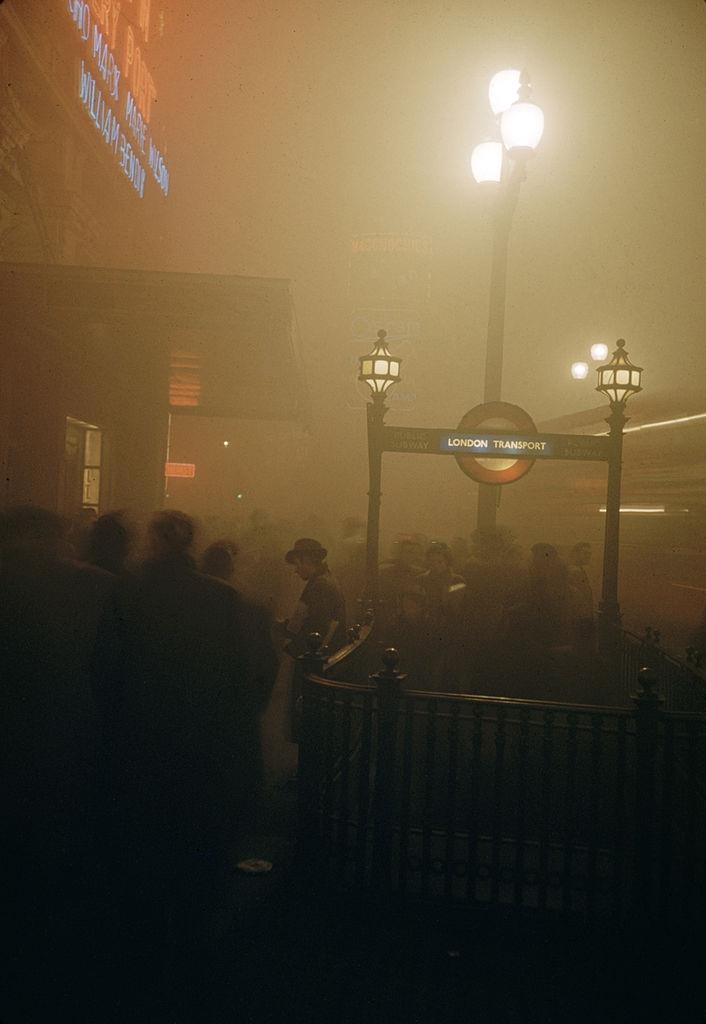
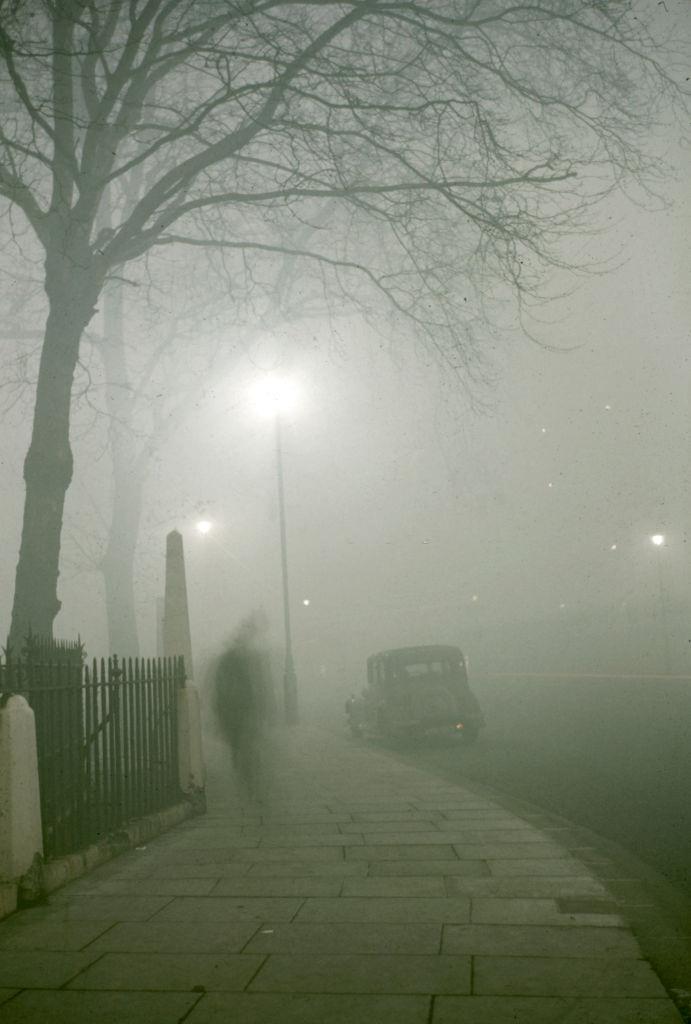
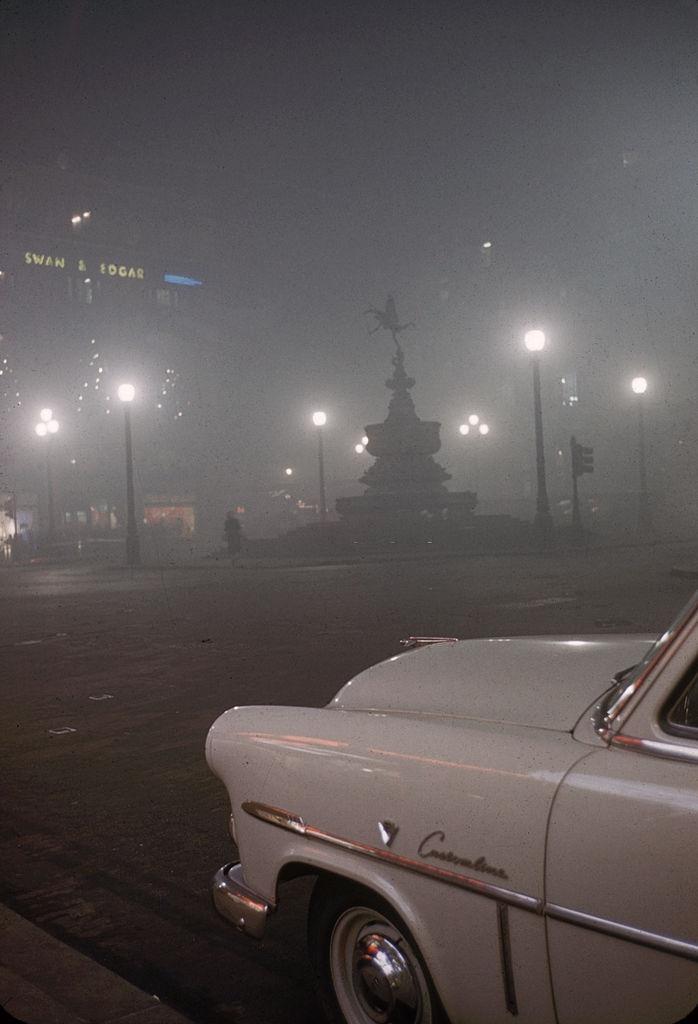
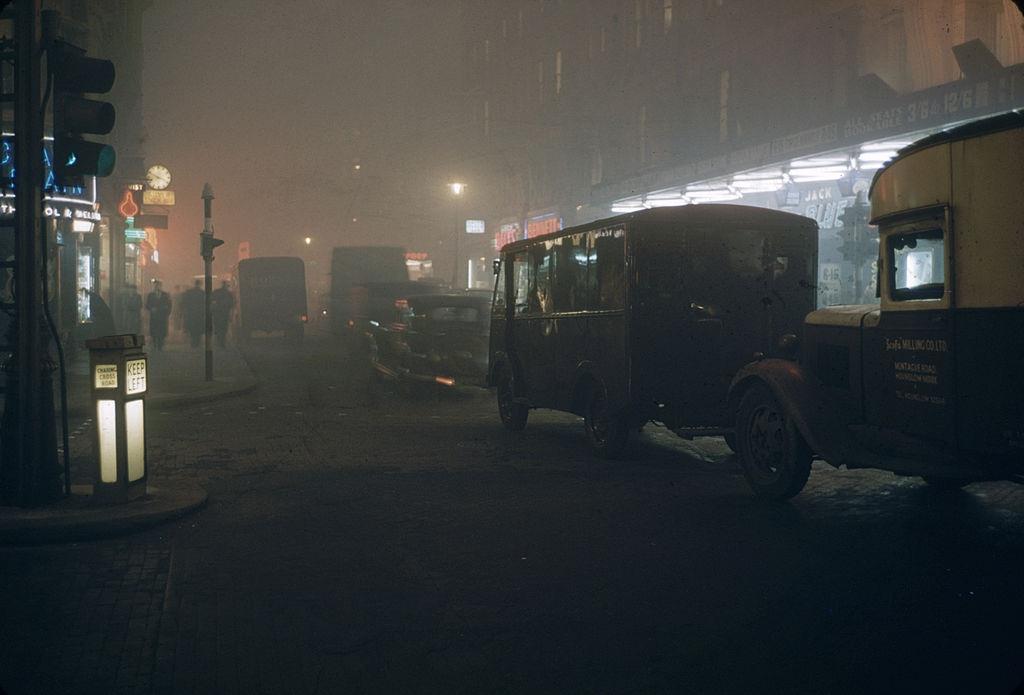
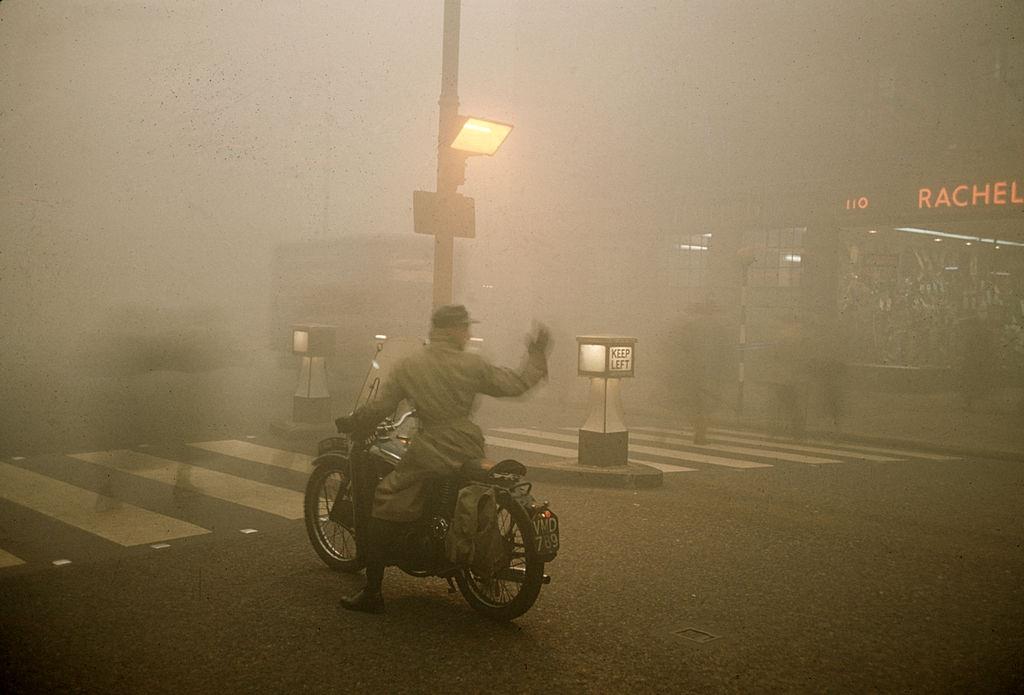
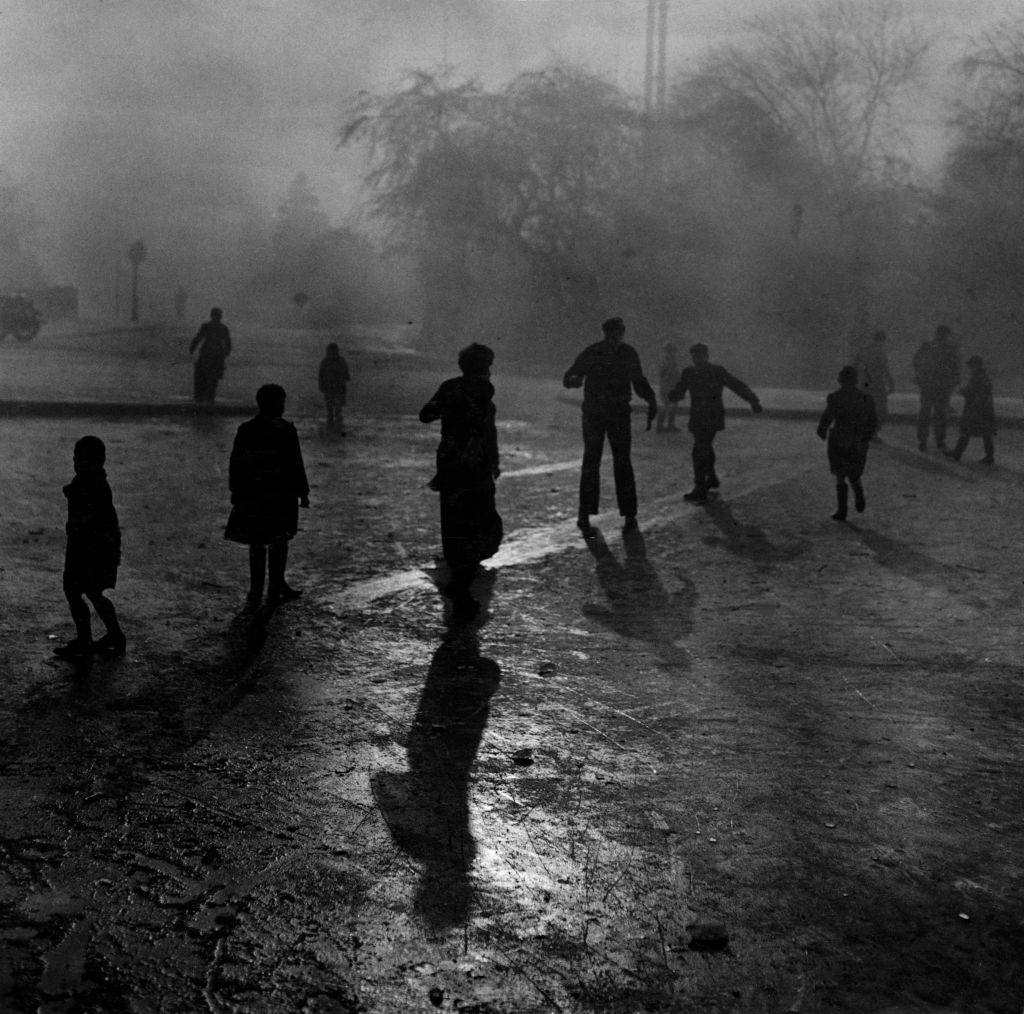
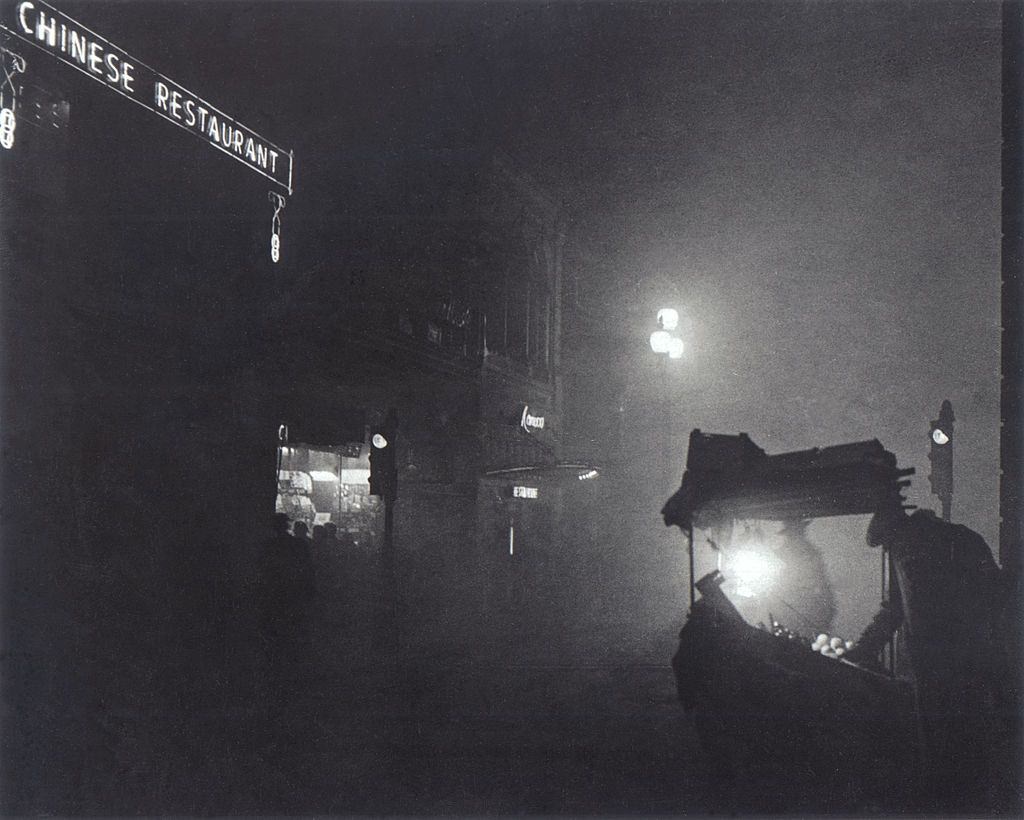
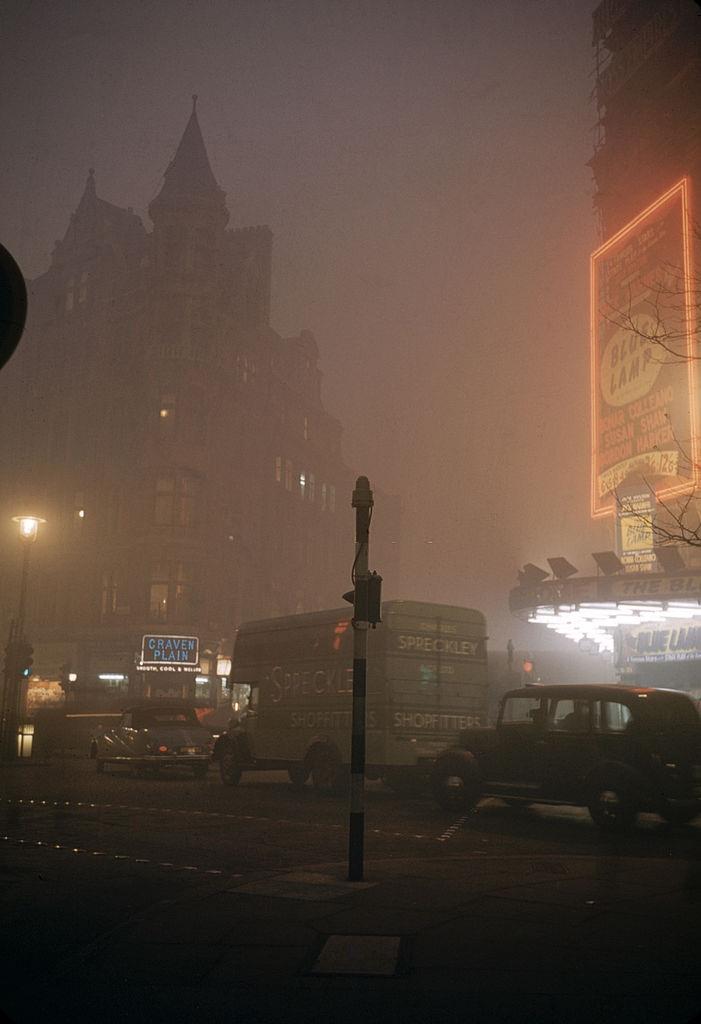
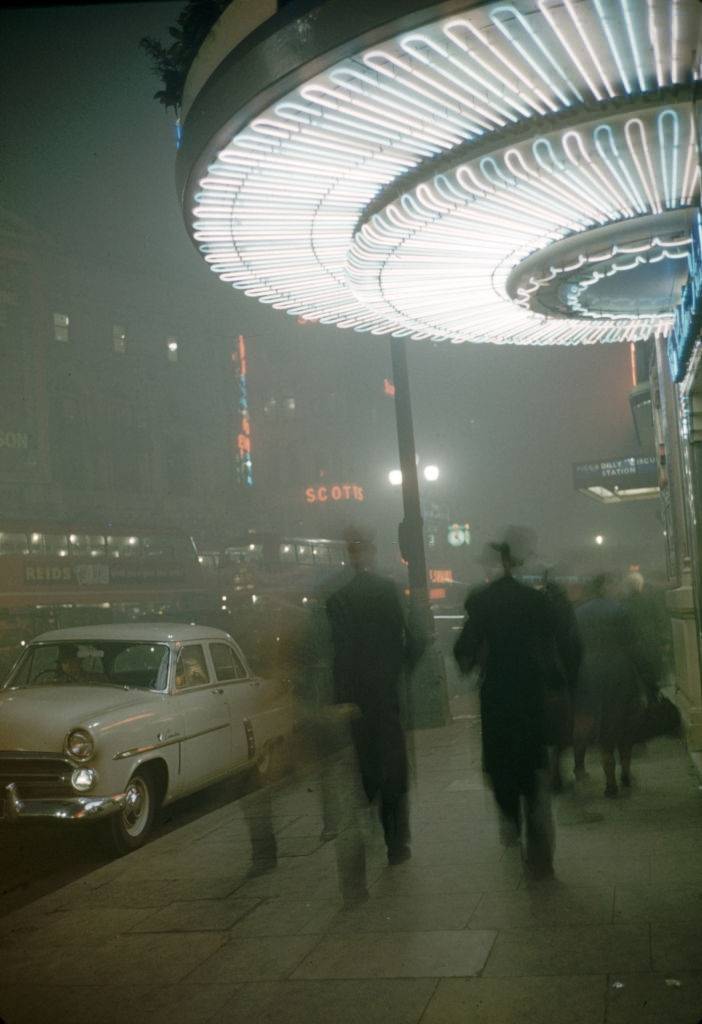
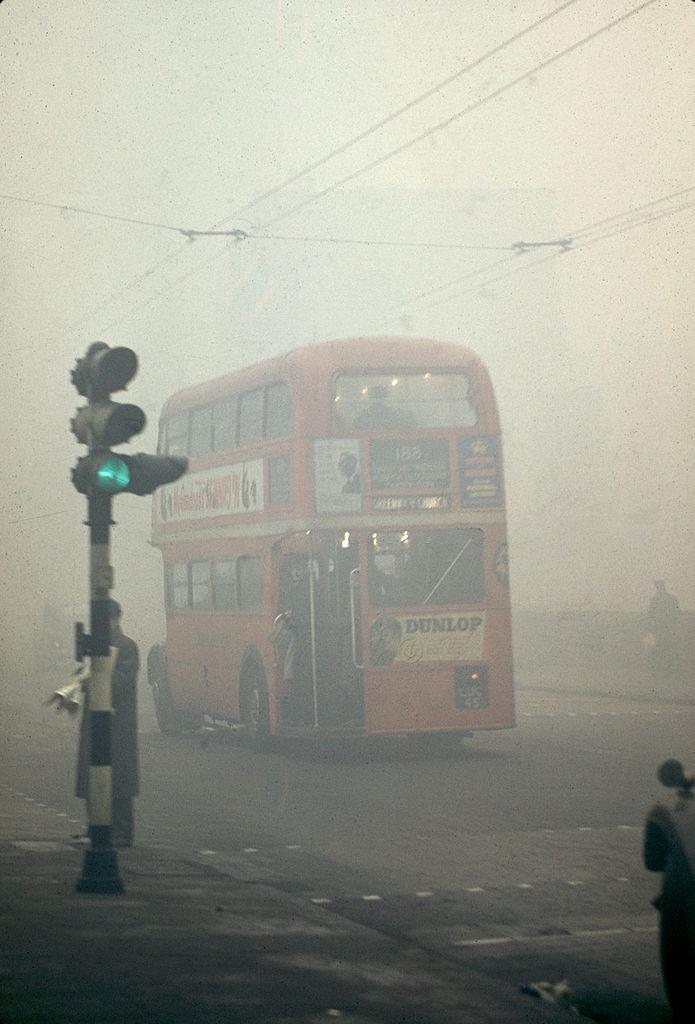
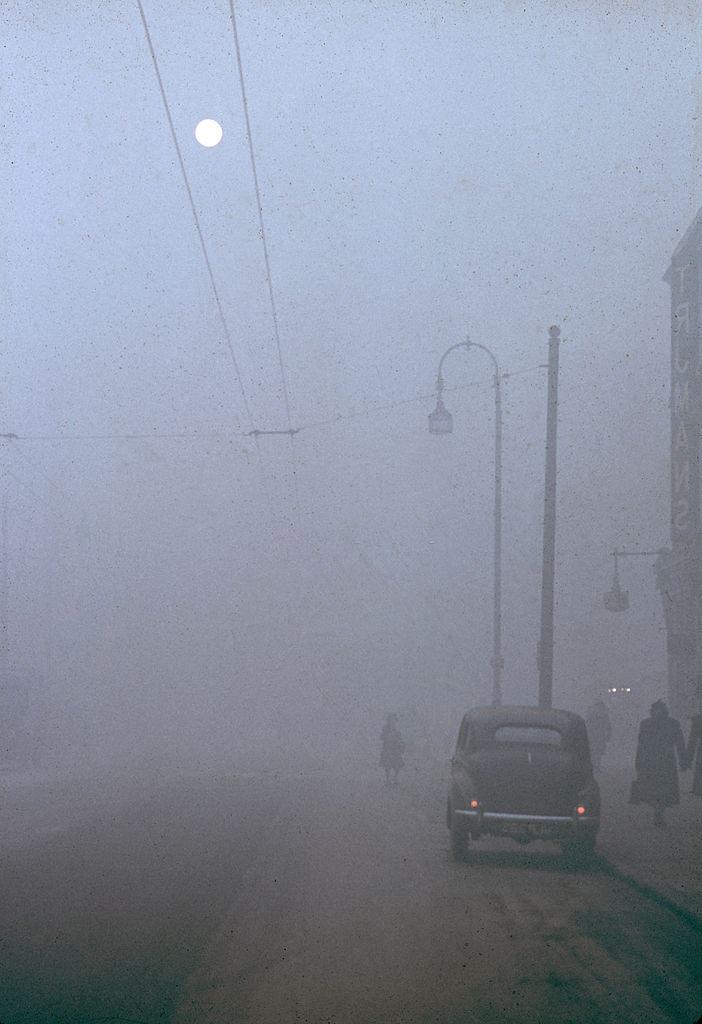
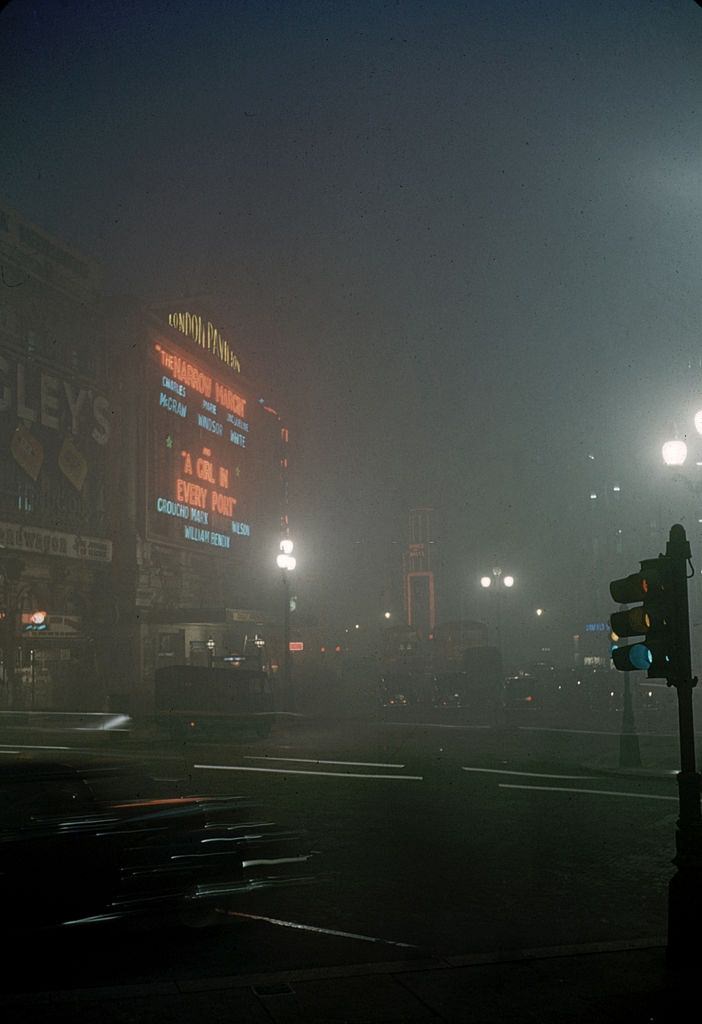
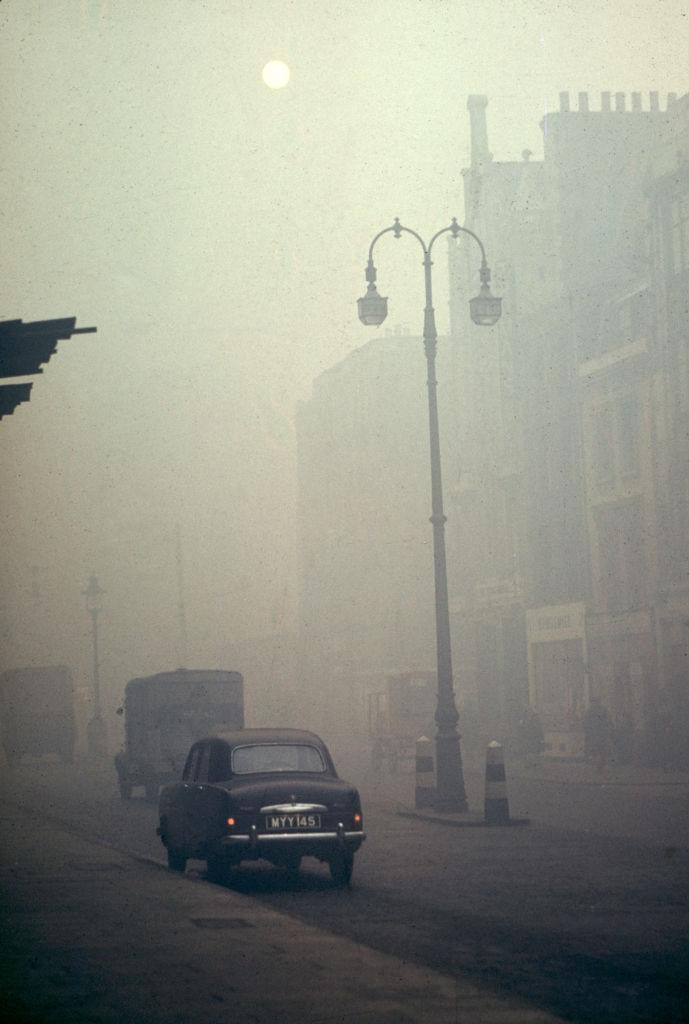
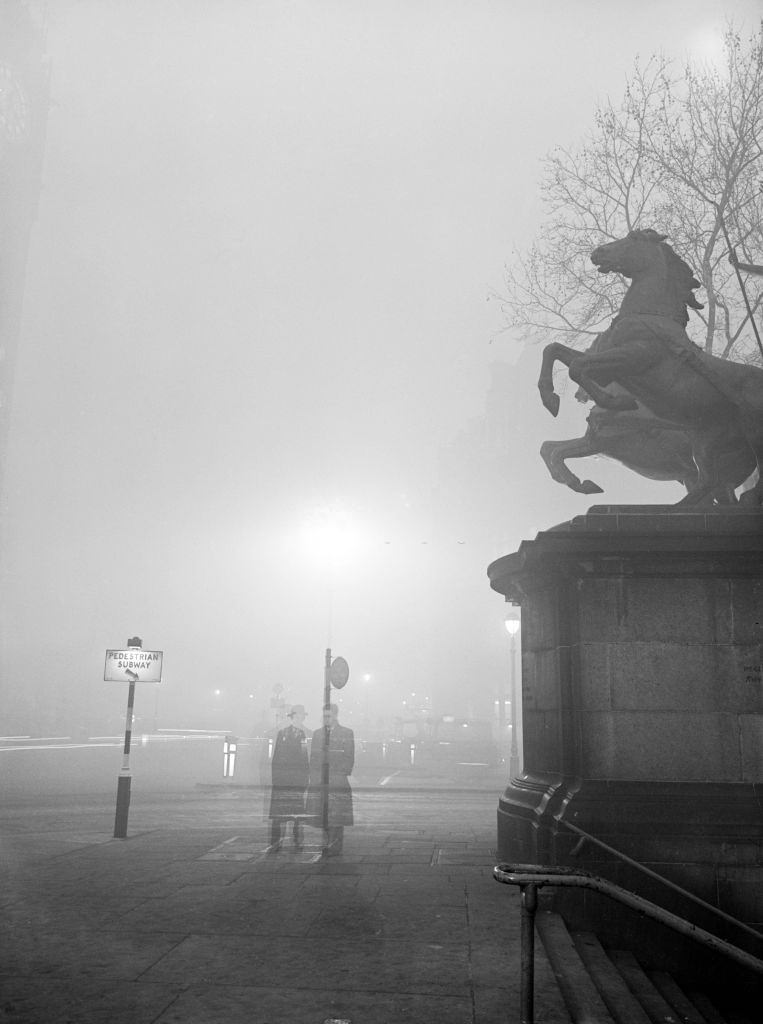
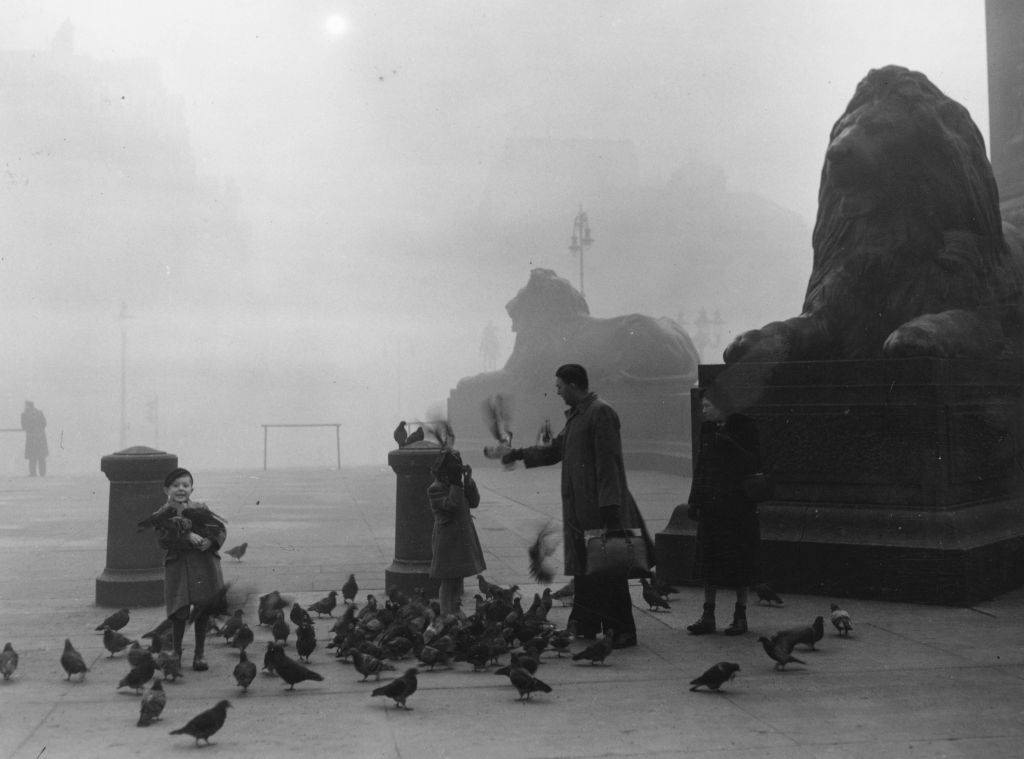
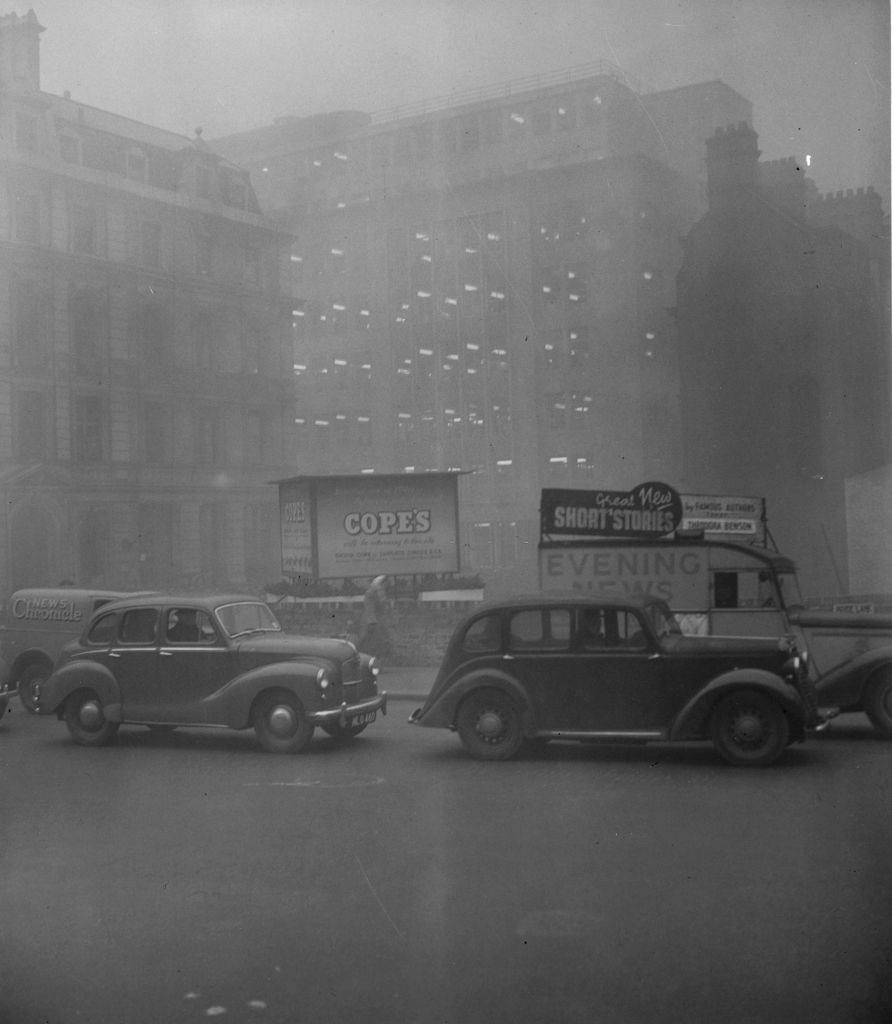
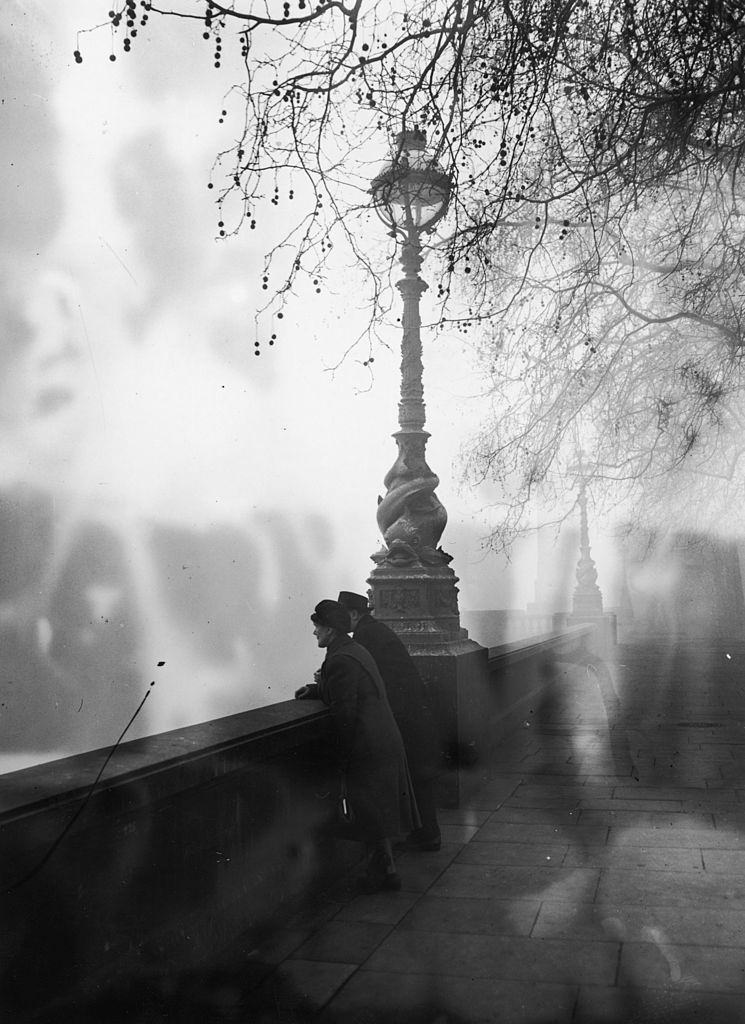
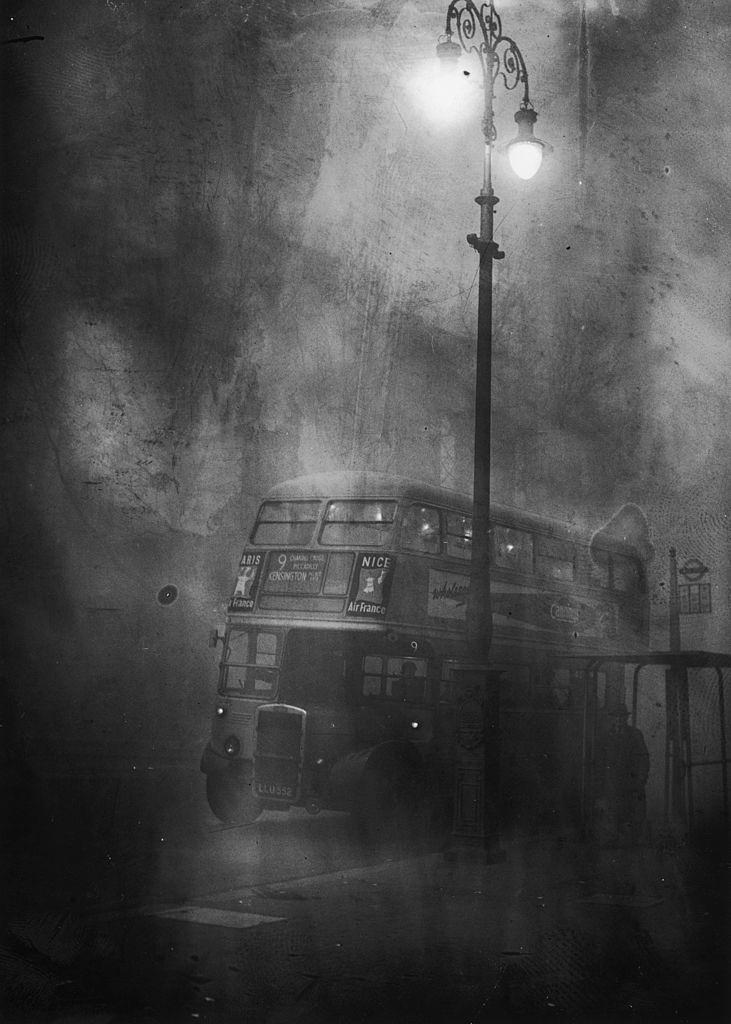
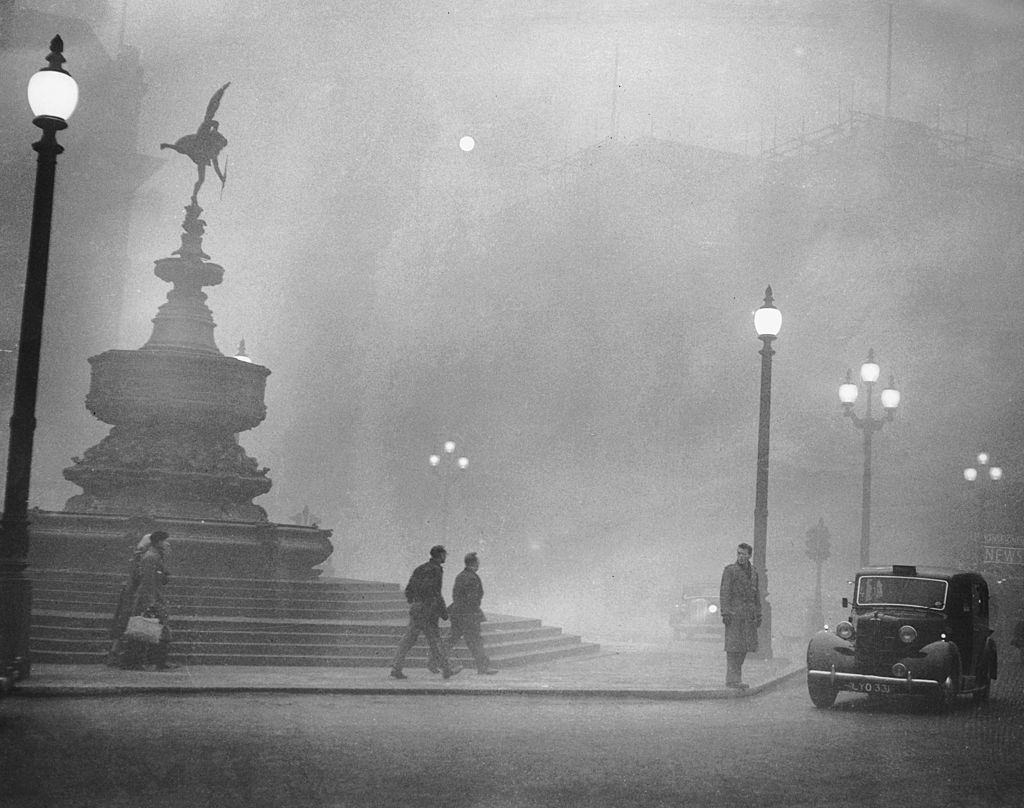
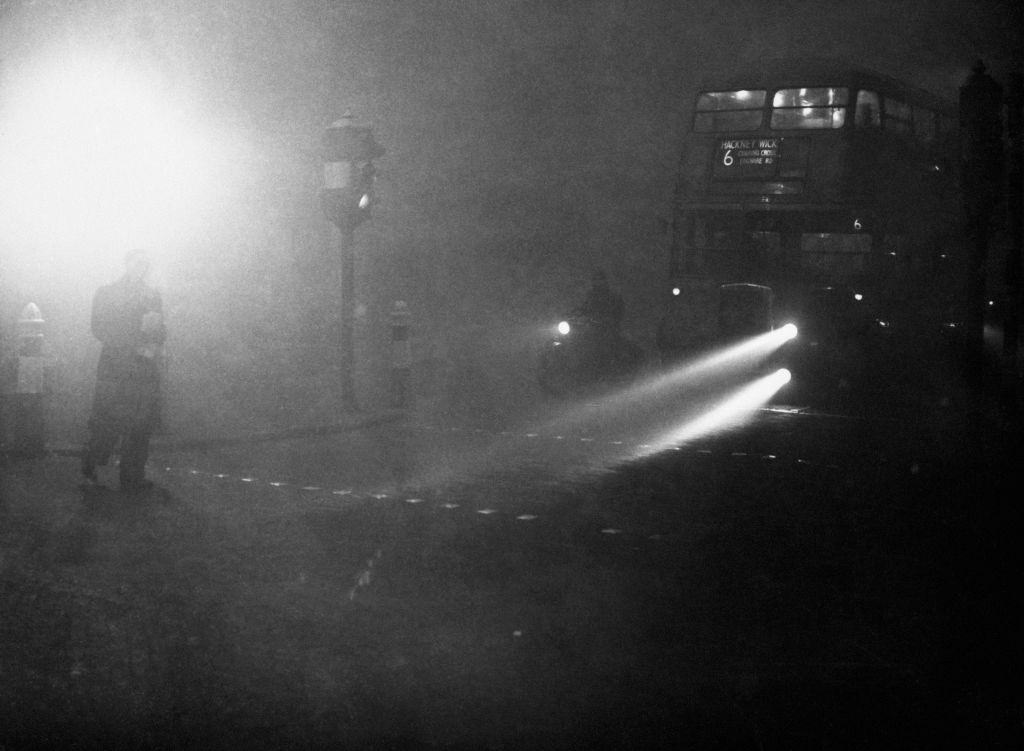
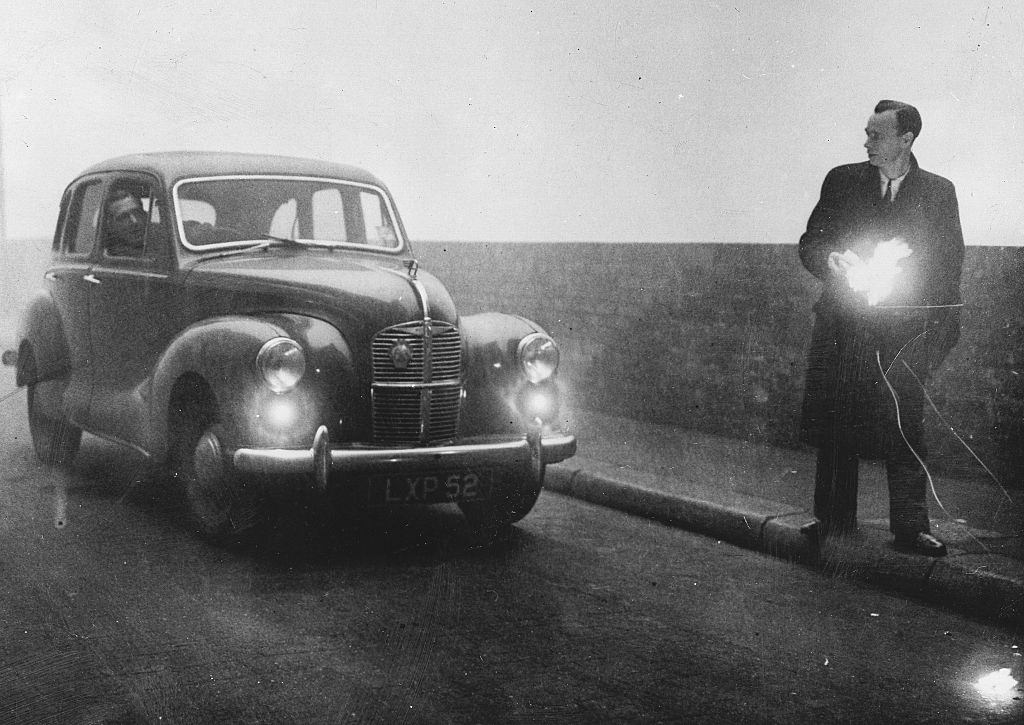
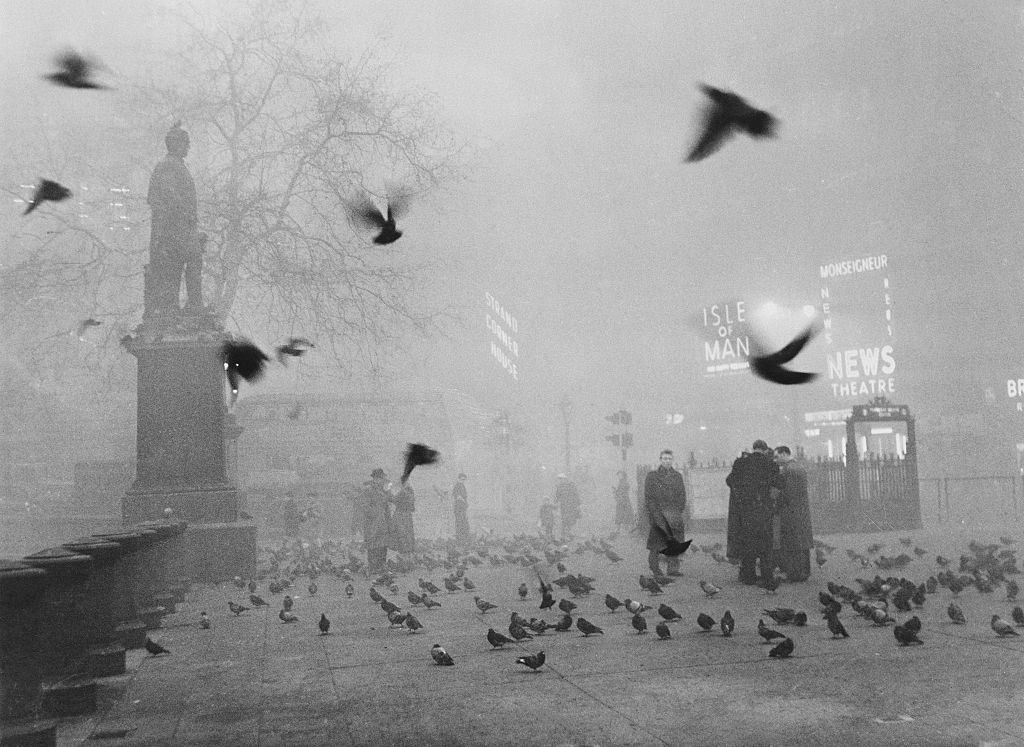
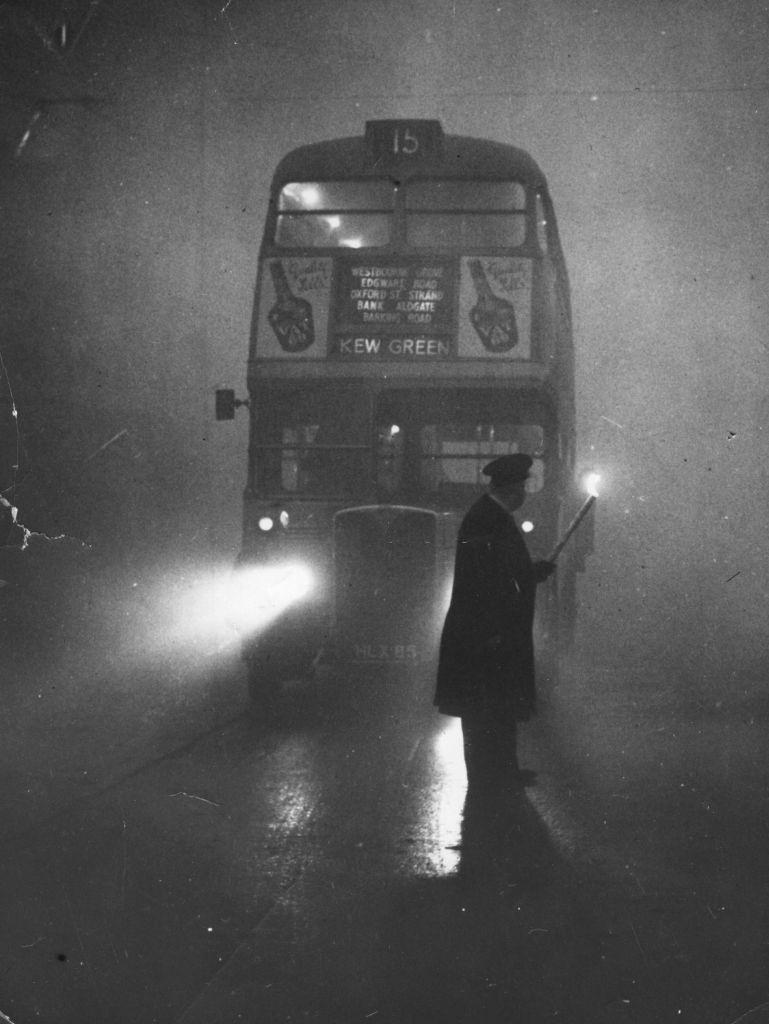
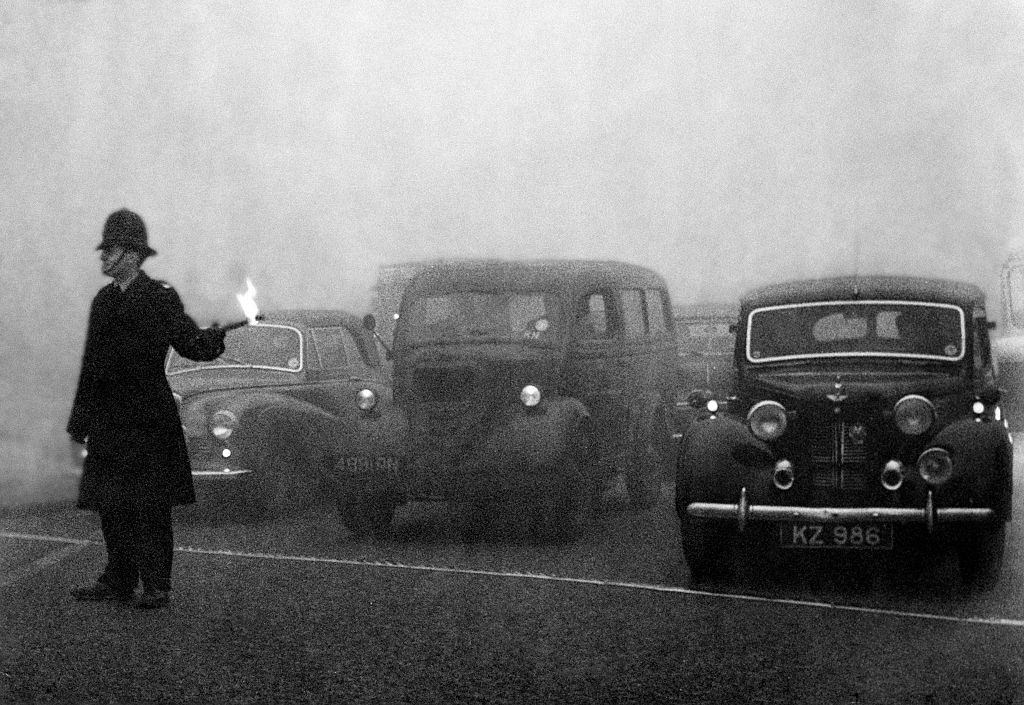
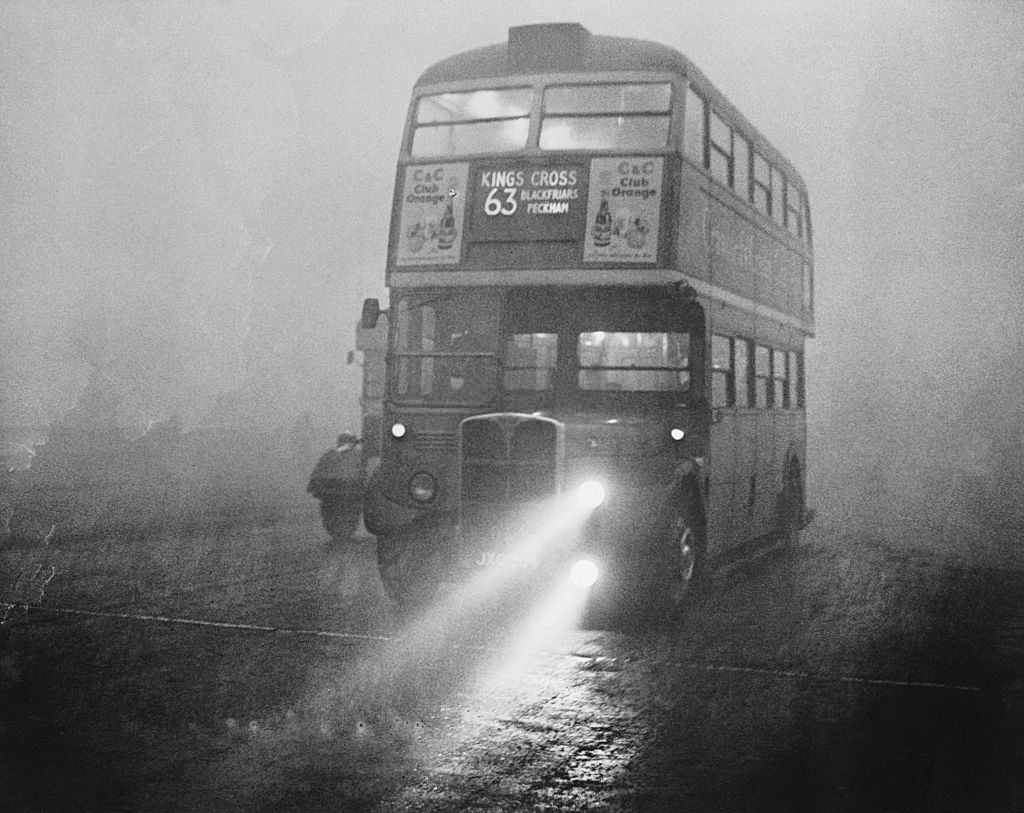
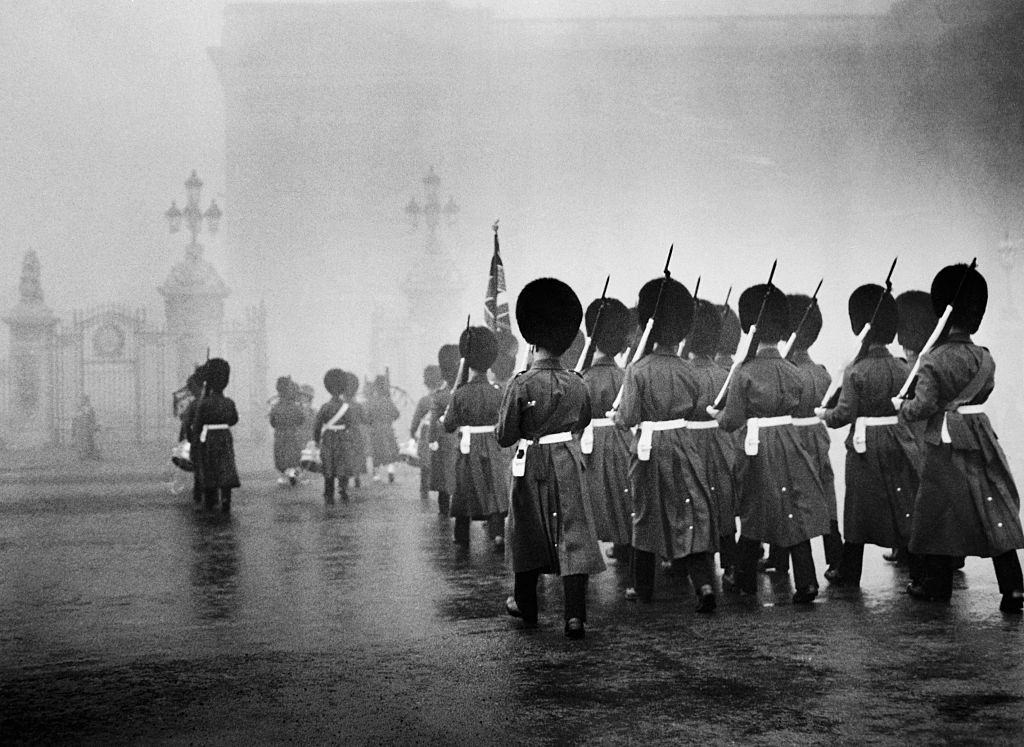

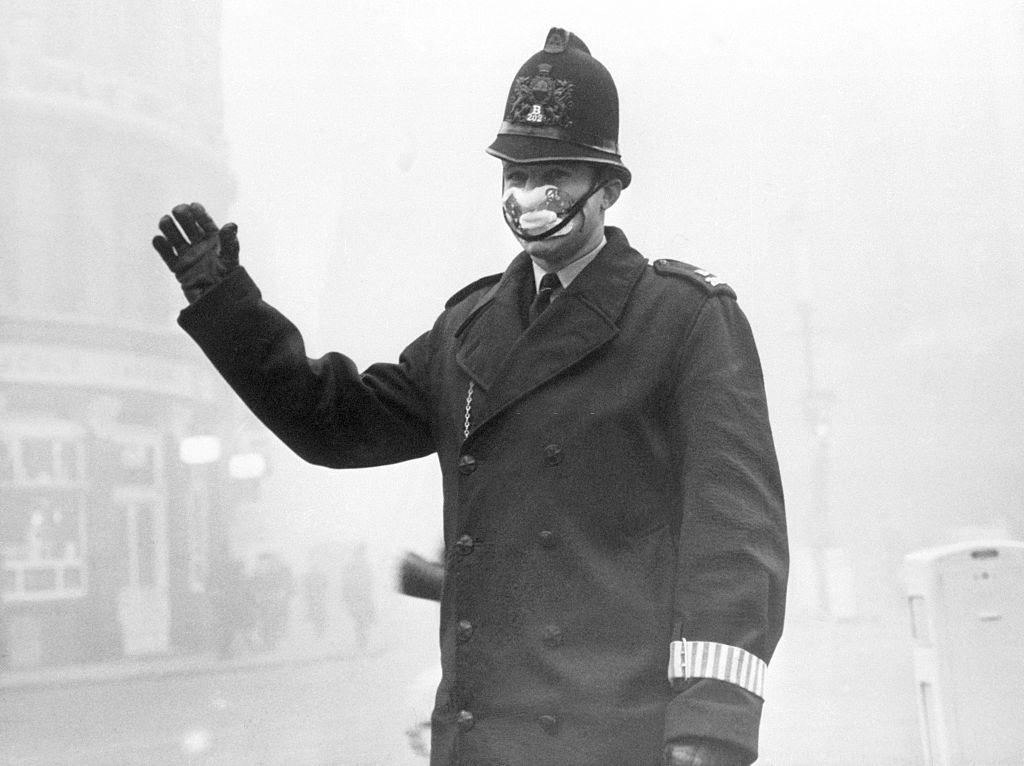
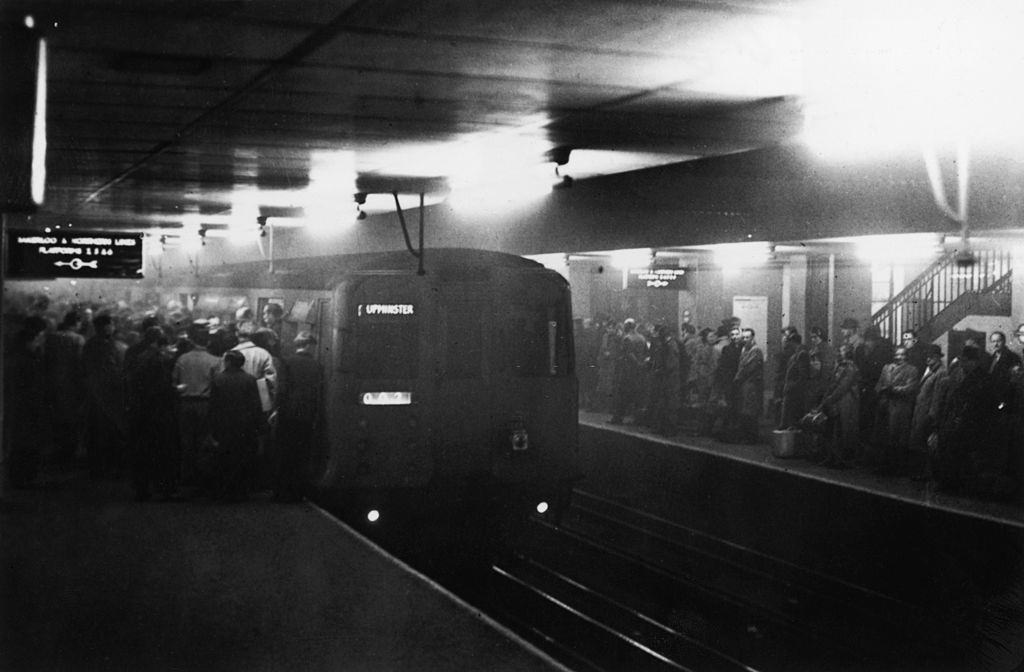
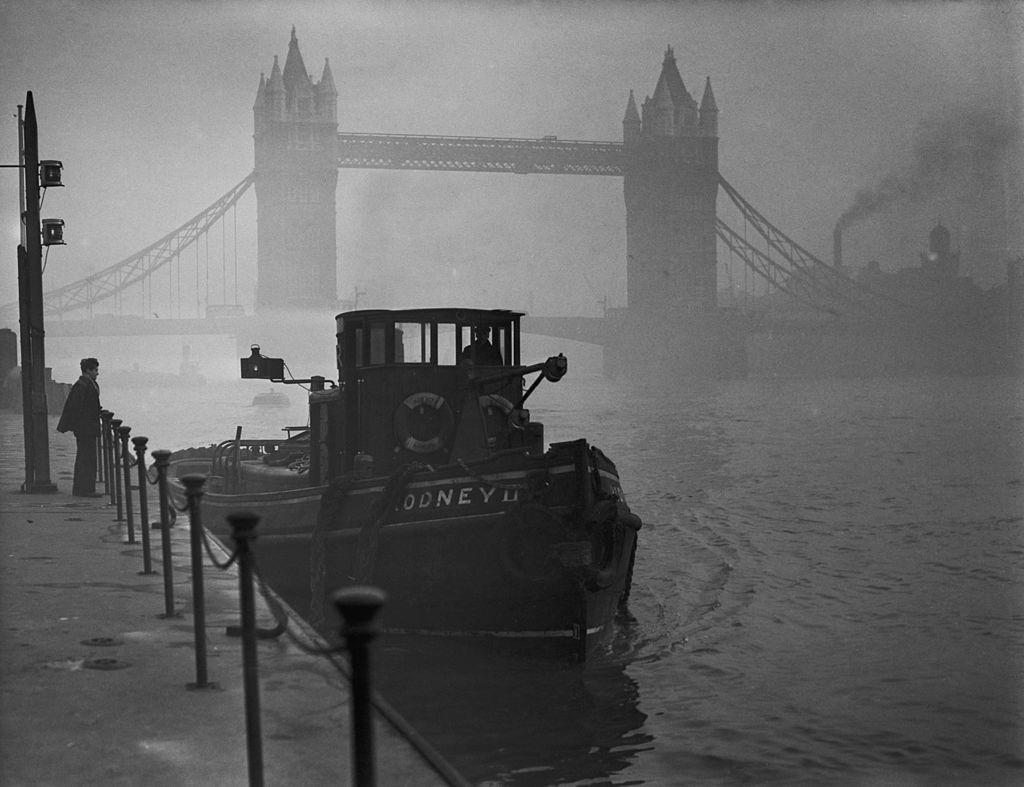

People today would call this an aesthetic
“Careful out there, it’s a real pea souper”
The Crown did an episode on this. Imagine breathing all this crap for days?